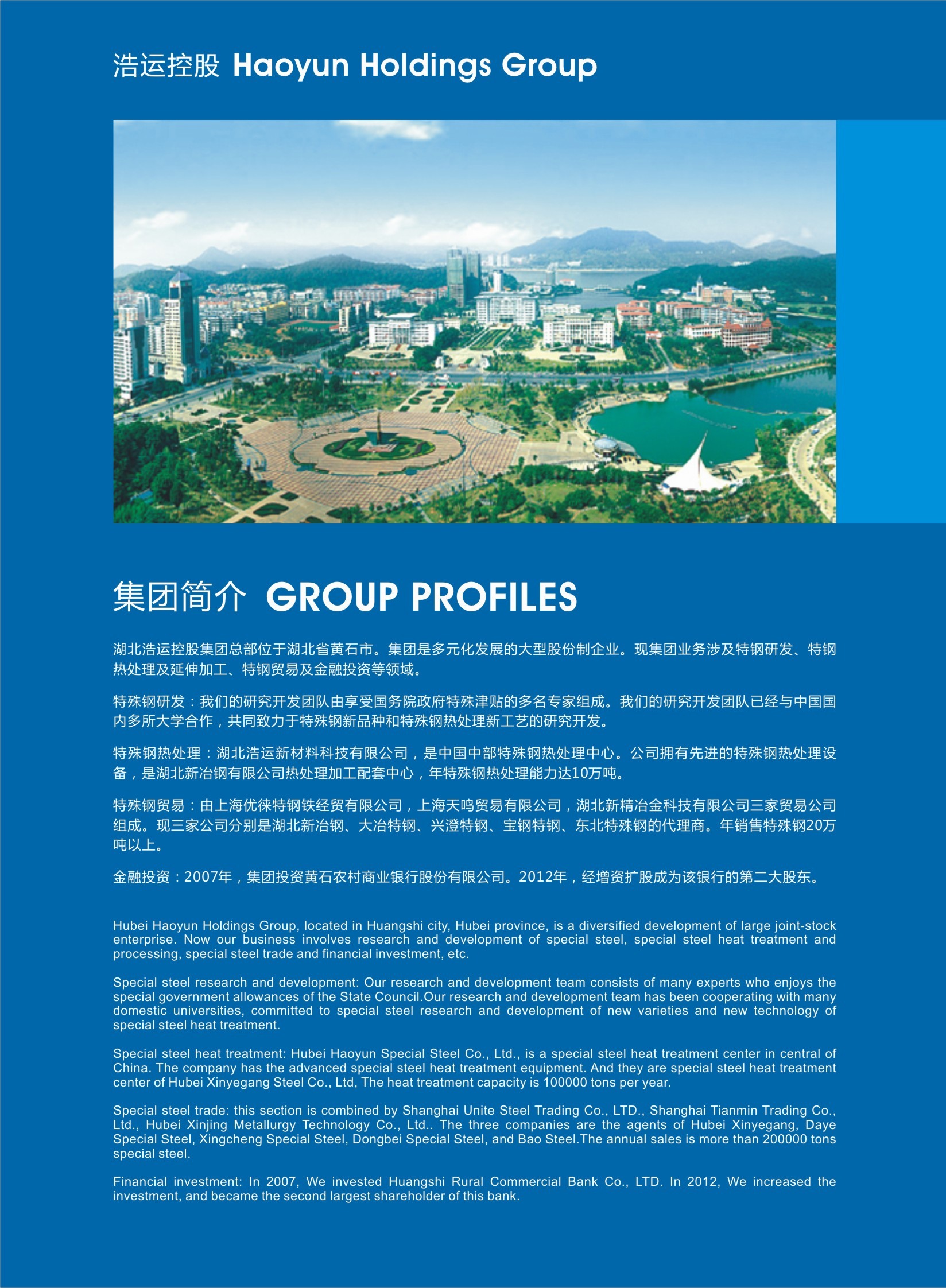

SAE 4340 Hot Forging Stainless Steel For Propeller Shafts Black / Bright Surface
SAE4340 professional hot forging steel rings
APPLICATIONS:
Components for the aircraft, automotive, general engineering industries, Propeller shafts, connecting rods, gear shafts, and other automobile parts, Heavy forgings, Rotors, shafts, discs. Pulley shafts, gears, pins and axles, Heavy-duty axles, shafts, heavyduty gears, spindles, pins, studs, collets, bolts, couplings, sprockets, pinions, torsion bars, connecting rods, crow bars, conveyor parts etc. Used where higher yield and tensile strength than 4140 is required.
RELATED SPECIFICATIONS:
Australia AS 1444-2007 4340
Germany W.Nr 1.6565 34CrNiMo6
Great Britain BS970 1955 EN24
BS970 Part 3:1991 817M40
BS EN10083:1-1991 817M40
USA ASTM A29A29M 1991 4340
ASTM A322 4340
SAE 4340
UNS G43400
Japan JIS G 4103 SNCM439
JIS G 4103 SNCM8
Werkstoff 1.6565 40NiCrMo6
Chemical Composition(%):
Carbon 0.37-0.44
Silicon 0.17-0.37
Manganese 0.50-0.80
Phosphorus 0.04 max
Sulphur 0.04 max
Chromium 0.60-0.90
Molybdenum 0.15-0.25
Nickel 1.25-1.85
Process: EAF+LF+VOD+ Forged+Heat Treatment(optional)
SIZE RANGE: OD up to 8,000mm; ID up to 7,800mm; Thickness up to 500mm
SURFACE FINISHES:
Black, Peeled K12, Cold Drawn, Turned & Polished H10, H11, Precision Ground H9, H8
Test:ASTM A 388 or according to customers' requirement
Forging:
Heat to 1150 oC - 1200 oC maximum, hold until temperature is
uniform throughout the section.
Do not forge below 850 oC.
Following forging operation the work piece should be cooled as
slowly as possible in sand or dry lime etc.
Heat Treatment
Annealing
Heat to 800 oC - 850 oC, hold until temperature is uniform
throughout the section and cool in furnace.
Flame or Induction Hardening
4340 hardened and tempered bar can be further surface hardened by
either the flame or induction hardening methods resulting in a case
hardness in excess of Rc 50. Parts should be heated as quickly as
possible to the austenitic temperature range (830 oC - 860 oC) and
required case depth followed by an immediate oil or water quench,
depending upon hardness required, workpiece size/shape and
quenching arrangements.
Following quenching to hand warm, most components should be
tempered between 150 oC - 200 oC to remove quenching stresses in
the case. This will have little effect on case hardness.
Hardening
Heat to 830 oC - 860 oC, hold until temperature is uniform
throughout the section, soak for 10 - 15 minutes per 25 mm section,
and quench in oil, water, or polymer as required.
*Temper immediately while still hand warm.
Nitriding
4340 hardened and tempered bar can also be successfully nitrided,
giving a surface hardness of up to Rc 60. Nitriding is carried out
at 490 oC - 530 oC, followed by slow cooling (no quench) reducing
the problem of distortion. Parts can therefore be machined to near
final size, leaving a grinding allowance only. The tensile strength
of the core is usually not affected since the nitriding temperature
range is generally below the original tempering temperature
employed.
N.B. Nickel is inert to the action of nitrogen and in general
resists its diffusion into steel. This can result in lower case
hardness or longer nitriding cycle times for steels containing
nickel such as 4340.
Stress Relieving
Heat to 600 oC - 650 oC, hold until temperature is uniform
throughout the section, soak for 1 hour per 25 mm of section, and
cool in still air.
Tempering
Re-heat to 450 oC - 660 oC as required, hold until temperature is
uniform throughout the section, soak for 1 hour per 25 mm of
section, and cool in still air.
N.B. Tempering should be avoided if possible within the range 250
oC - 450 oC due to temper brittleness.
Notes on Heat Treatment
Heating temperatures, rate of heating, cooling and soaking times
will vary due to factors such as work piece size/shape also furnace
type employed, quenching medium and work piece transfer facilities
etc..
Machining:
4340 in the hardened and tempered as supplied condition is still
regarded as being readily machinable and operations such as turning
and drilling etc. can be carried out satisfactorily using machine
manufacturers, recommendations for suitable tool type - feeds and
speeds.
Welding:
Welding of 4340 in the hardened and tempered condition (as normally
supplied), is not recommended and should be avoided if at all
possible, as the mechanical properties will be altered within the
weld heat affected zone. It is preferred that welding be carried
out on 4340 while in the annealed condition, and that the work
piece, immediately on cooling to hand warm, is then stress relieved
at 640 oC - 660 oC prior to hardening and tempering.
If welding in the hardened and tempered condition is really
necessary, then the work piece, immediately on cooling to hand
warm, should be if possible stress relieved at 15 oC below the
original tempering temperature (if known).

SHANGHAI UNITE STEEL
We, Shanghai Unite Steel are committed to integrate engineering steel resources in china and serve the global engineering steel market. Our company has more than 15 years of experience in steel researching, production, managing and sales. And our team mostly are based on and worked in national famous steel enterprise.
In the aspect of resources and information, we have established cooperative and stronger relationship with nearly hundred enterprises, either state-owned or private owned in china, such as: DAYE Special Steel-a famous steel enterprise with the longest steelmaking history; BAO Steel, and Dongbei Special Steel Group-the biggest special steel manufacturer; TPCO, VALIN-largest seamless steel tube production enterprise; What's more, we have built long, deep and close business relationship with dozens of steel companies, Sharing and holding equities with several steel enterprises. Because of the close cooperation with steel companies and our pioneering spirit, which can ensure us stay at the top competition, and ensure our customers get what they really want!





